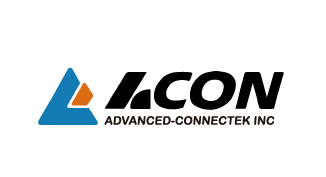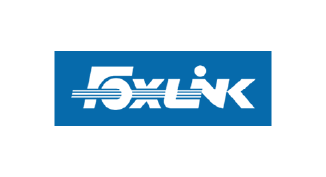AI Case Studies
Connector
Profet AI supports connector manufacturers by conducting model analysis, prediction, and simulation. It provides parameter recommendations and optimizations across various processes to meet the demands of rapidly changing markets.
Application Scenarios
Parameter Optimization, Production Forecasting
Status Quo
With the global rise of electric vehicles, green energy technology, smart healthcare, AIoT industries, 5G, and high-speed telecommunications, the demand for connectors is rapidly increasing. Connectors are not only core components of various electronic devices but also key technologies for high-speed data transmission and stable connections. Advanced connector technology will become the cornerstone driving future innovation and efficient operations in these rapidly evolving industries.
Challenges
To meet diverse demands for product functionality, design, quality, and cost, the connector industry is enhancing product development efforts, launching high-performance and highly reliable connectors. With the rise of green production trends, the industry is also focusing on material innovation and sustainability. By actively improving and optimizing production processes, the industry is steadily advancing towards intelligence, efficiency, and sustainability.
Injection Molding Machine Parameter Optimization
Injection molding is widely used in industrial processes but faces challenges such as difficulty in passing down expertise, expanding factories, and low trial mold adjustment efficiency.
Pain Points Analysis:
- Difficulty in Passing Down Expertise: Traditional trial mold processes rely on personnel experience, which is hard to pass down. New employees struggle to solve problems quickly.
- Low-volume, High-mix Production: Frequent mold changes increase trial and error costs.
- Low Efficiency in Trial Mold Adjustment: Product quality is affected by environmental factors, old equipment, mold wear, and recycled materials, making it hard to quickly analyze multiple influencing factors.
Outcome Benefits:
- Standardize and Pass Down Adjustment Processes: Reduce trial mold time by 10%, decreasing production preparation time.
- Model-Recommended Parameters: Help new employees quickly adjust machine parameters, increasing production efficiency by 12%.
Dispensing Machine Glue Quantity Prediction
Dispensing is a widely used process where glue quantity control is crucial. By validating factors affecting glue quantity and establishing optimal dispensing parameters, operational efficiency can be improved.
Pain Points Analysis:
- Glue Waste: Improper settings can lead to excessive glue use, increasing material costs.
- Variety of Dispensing Equipment: Different types of dispensing equipment require multiple trial and error adjustments to reach optimal production states.
Outcome Benefits:
- Model-Recommended Glue Quantity: Reduce unnecessary glue use, lowering material costs by 6%.
- Model-Recommended Process Parameters: Reduce adjustment time and production downtime, increasing operational efficiency by 12%.
Welding Parameter Optimization
In the connector manufacturing process, the welding process ensures the firm connection of different parts. It involves material properties, temperature control, and pressure time.
Pain Points Analysis:
- Multiple Process Defects: Ultrasonic welding can result in various defects such as overflow, burrs, scars, and fractures, requiring continuous parameter adjustments.
- Difficulty in Passing Down Expertise: Experienced technicians can quickly identify necessary parameter adjustments, but new employees struggle, leading to longer problem-solving times.
Outcome Benefits:
- Model-Based Cause Analysis: Quickly identify key parameters affecting each defect, increasing process yield by 7%.
- Reduce Adjustment Time by 15%: Use models to identify the relationship between machine parameters and defects, providing optimal parameter settings to minimize defects.


